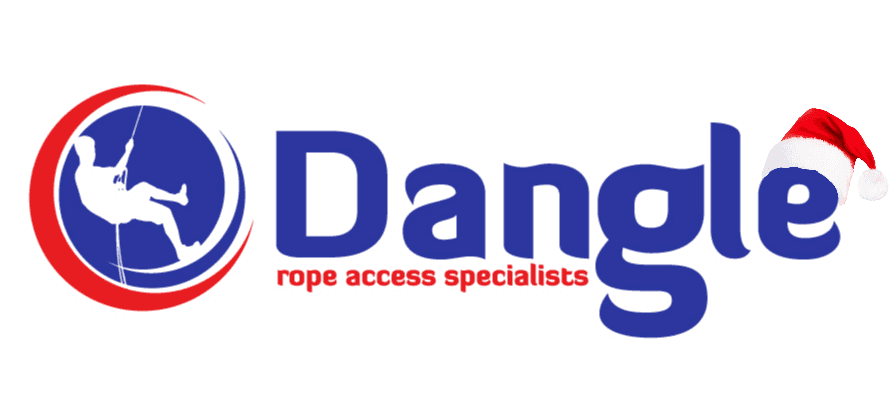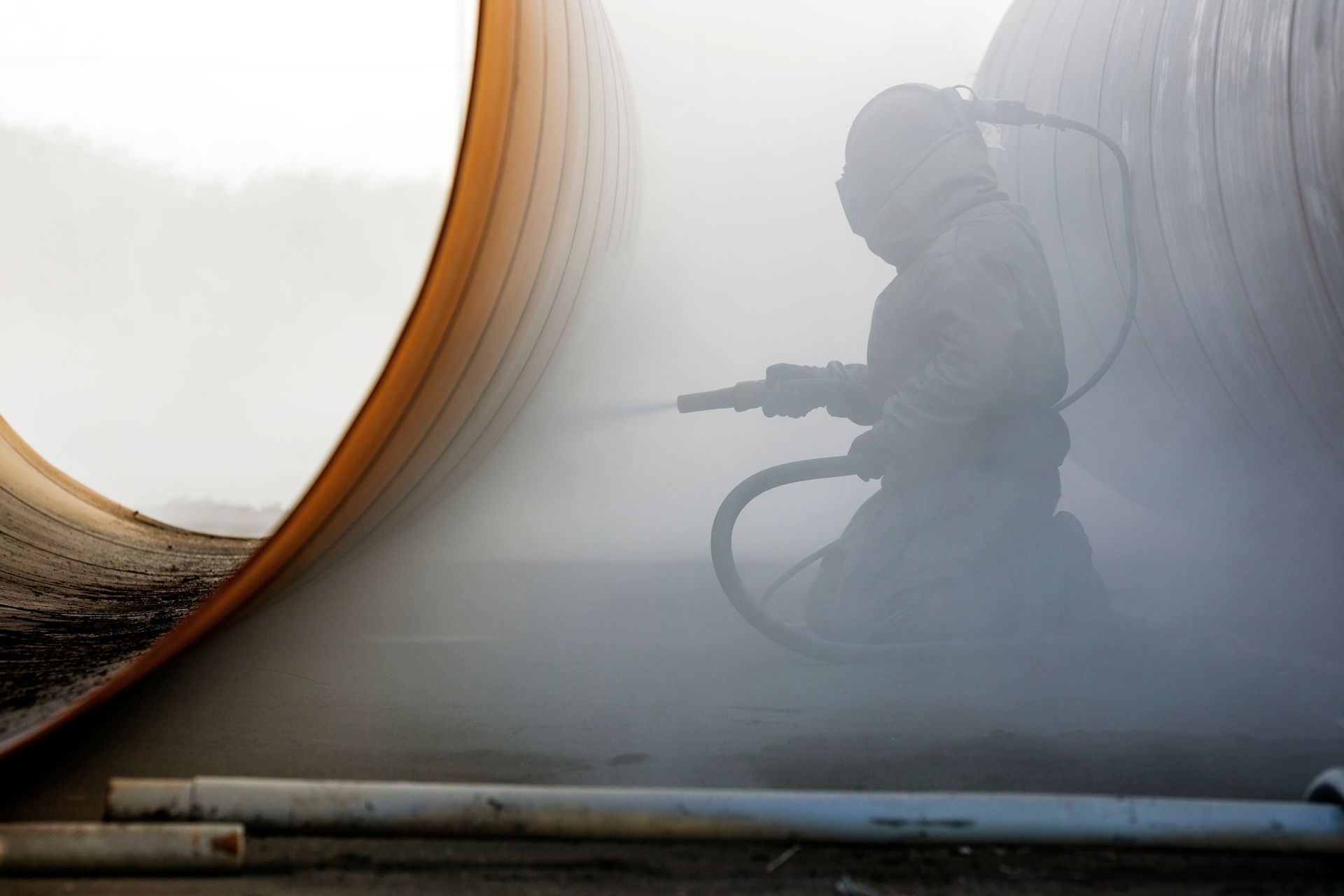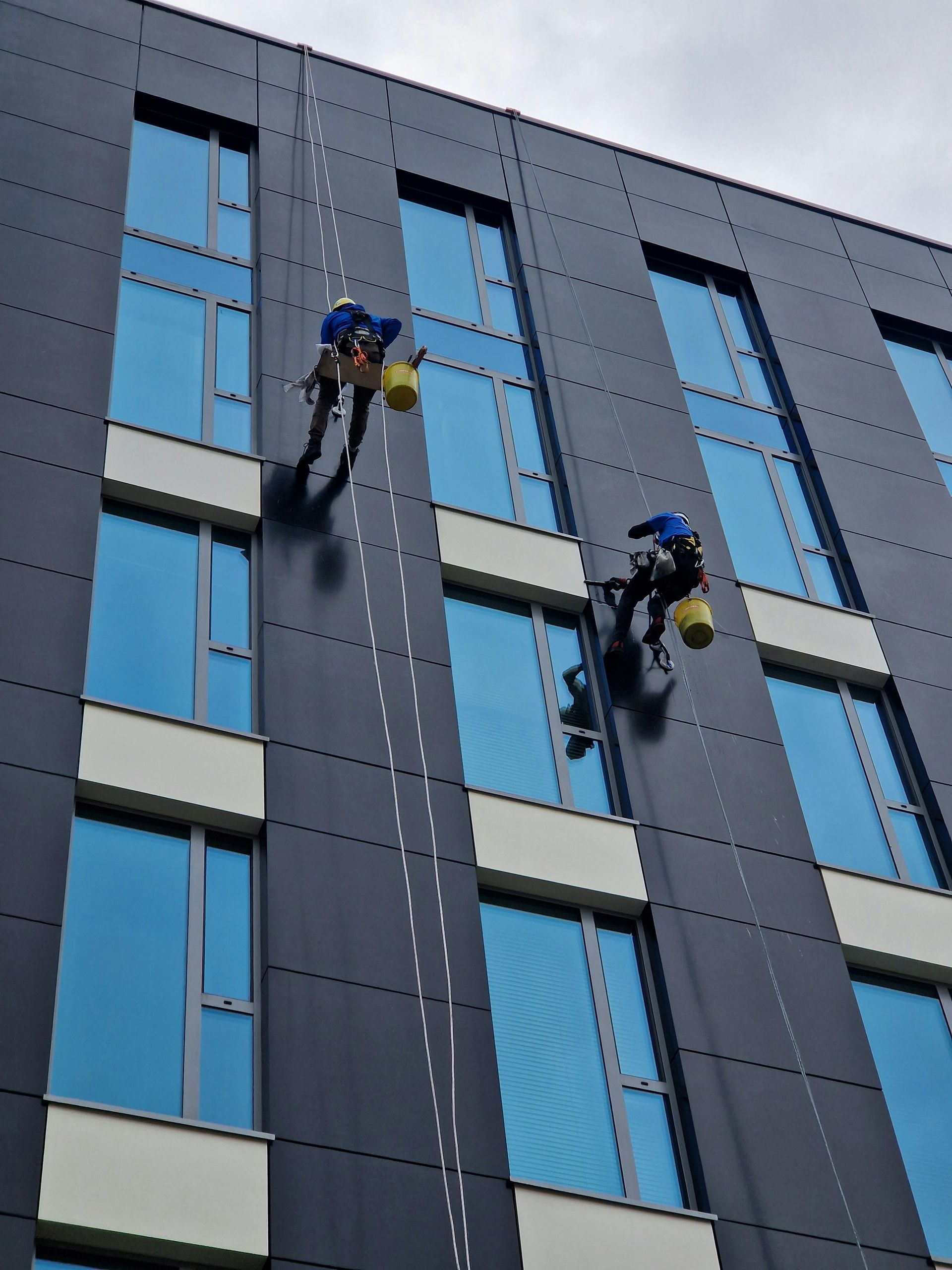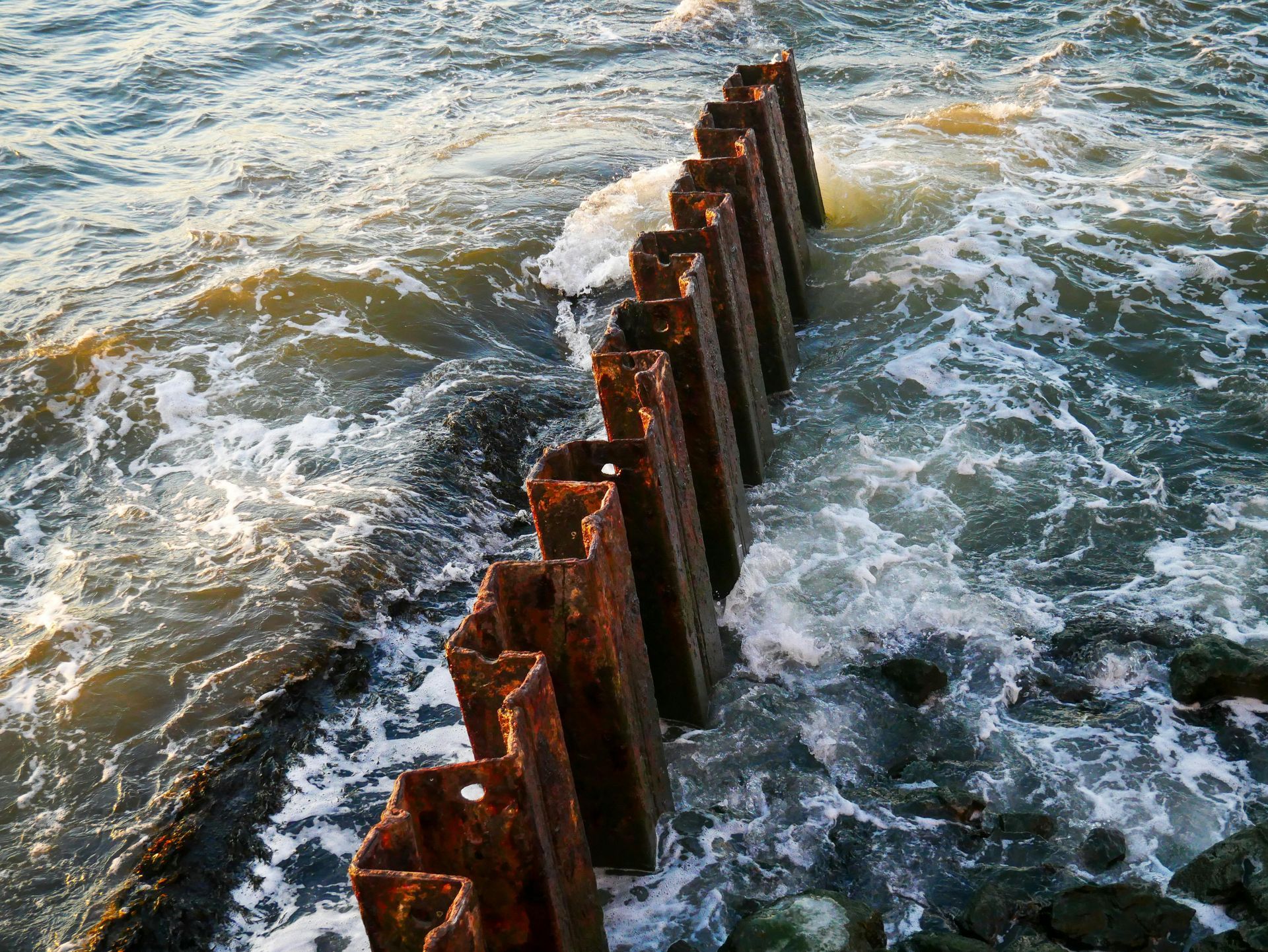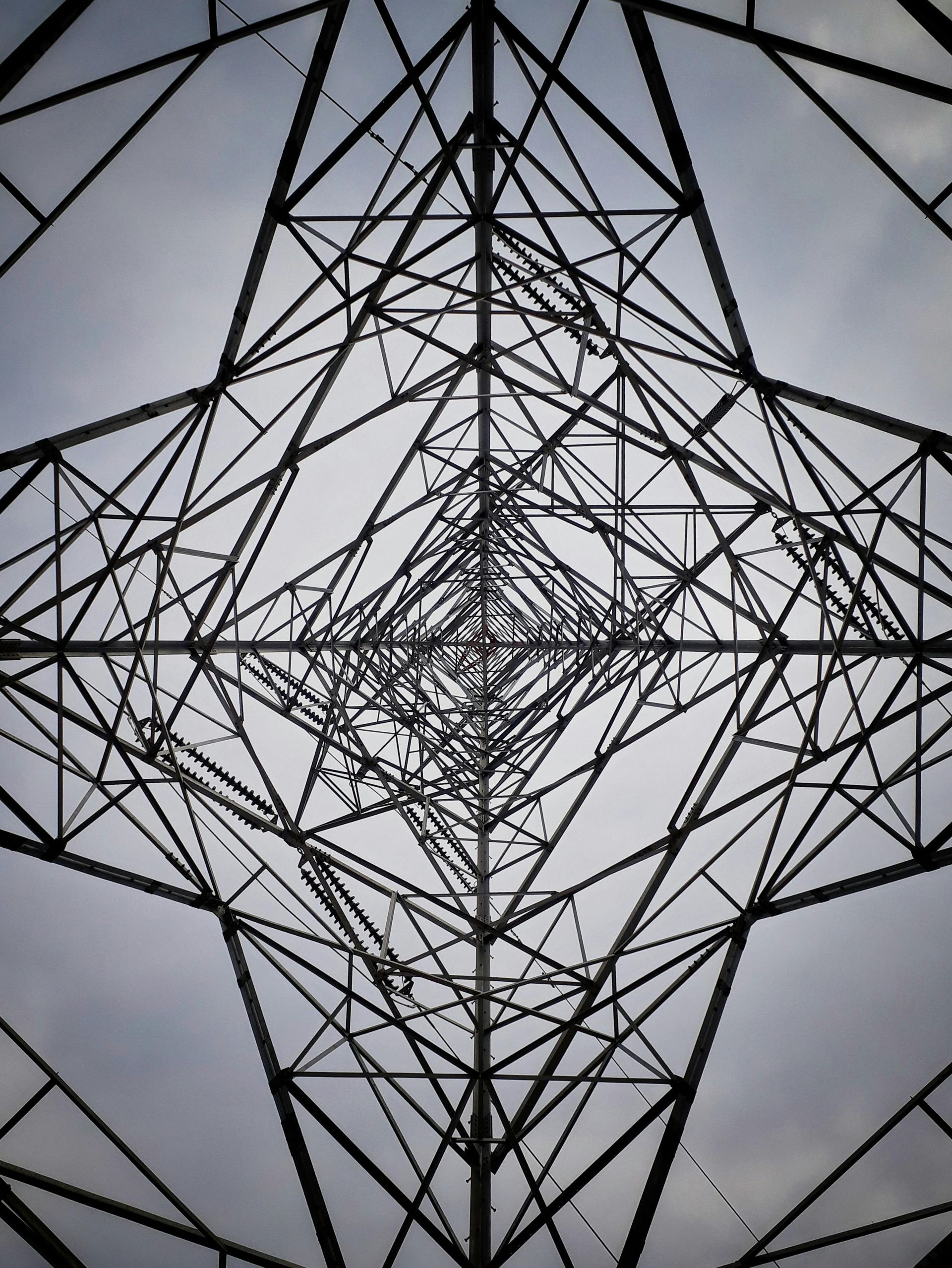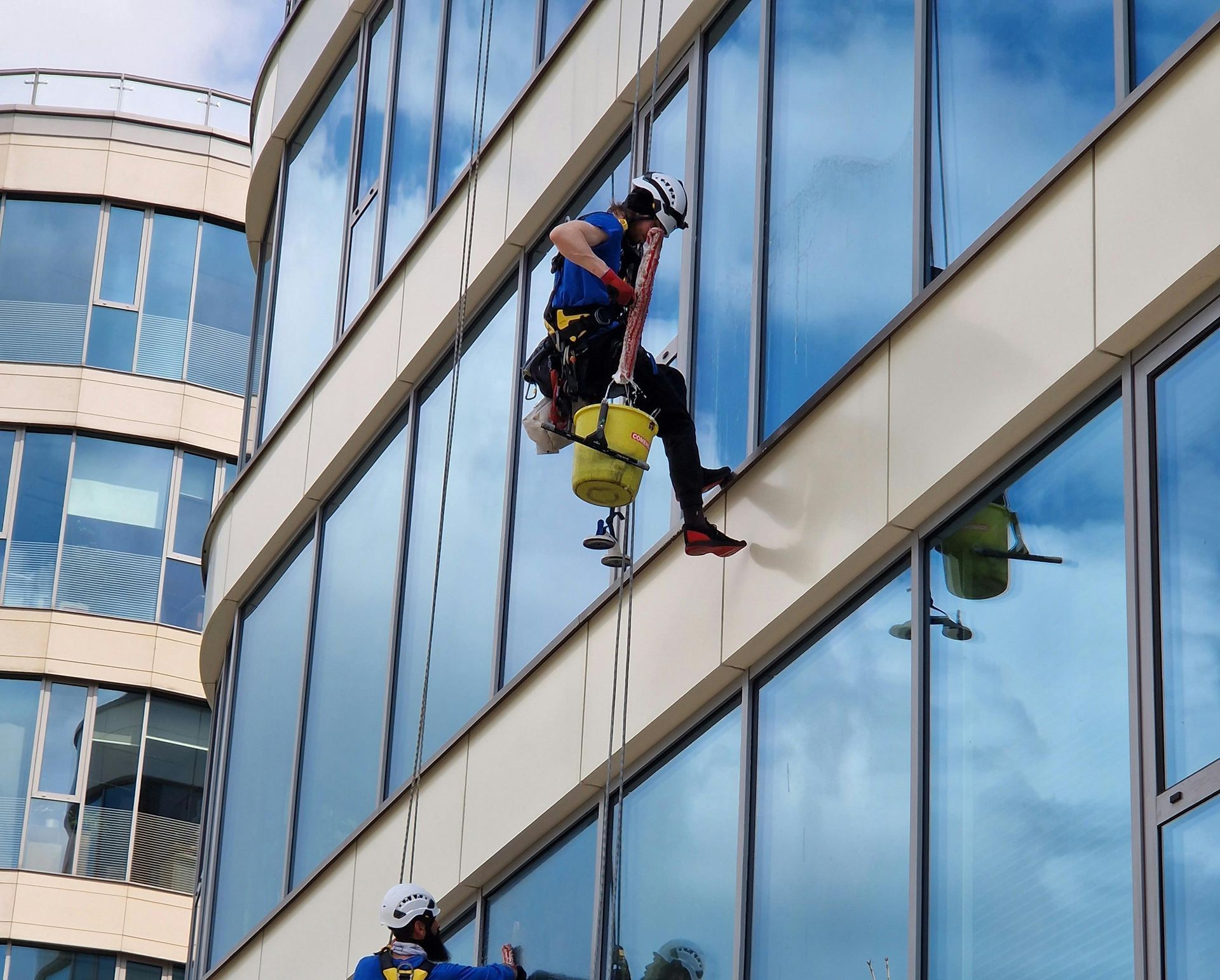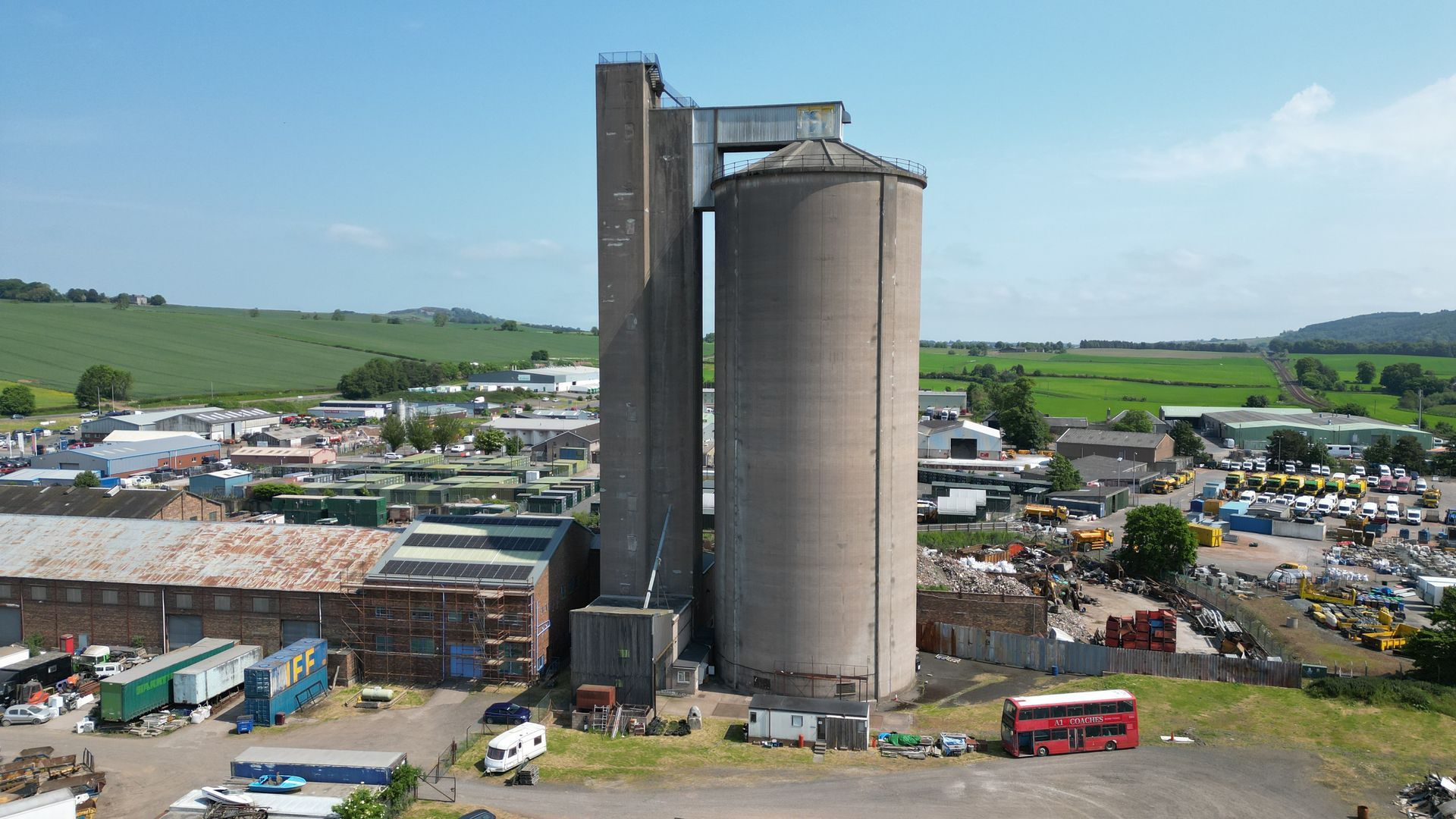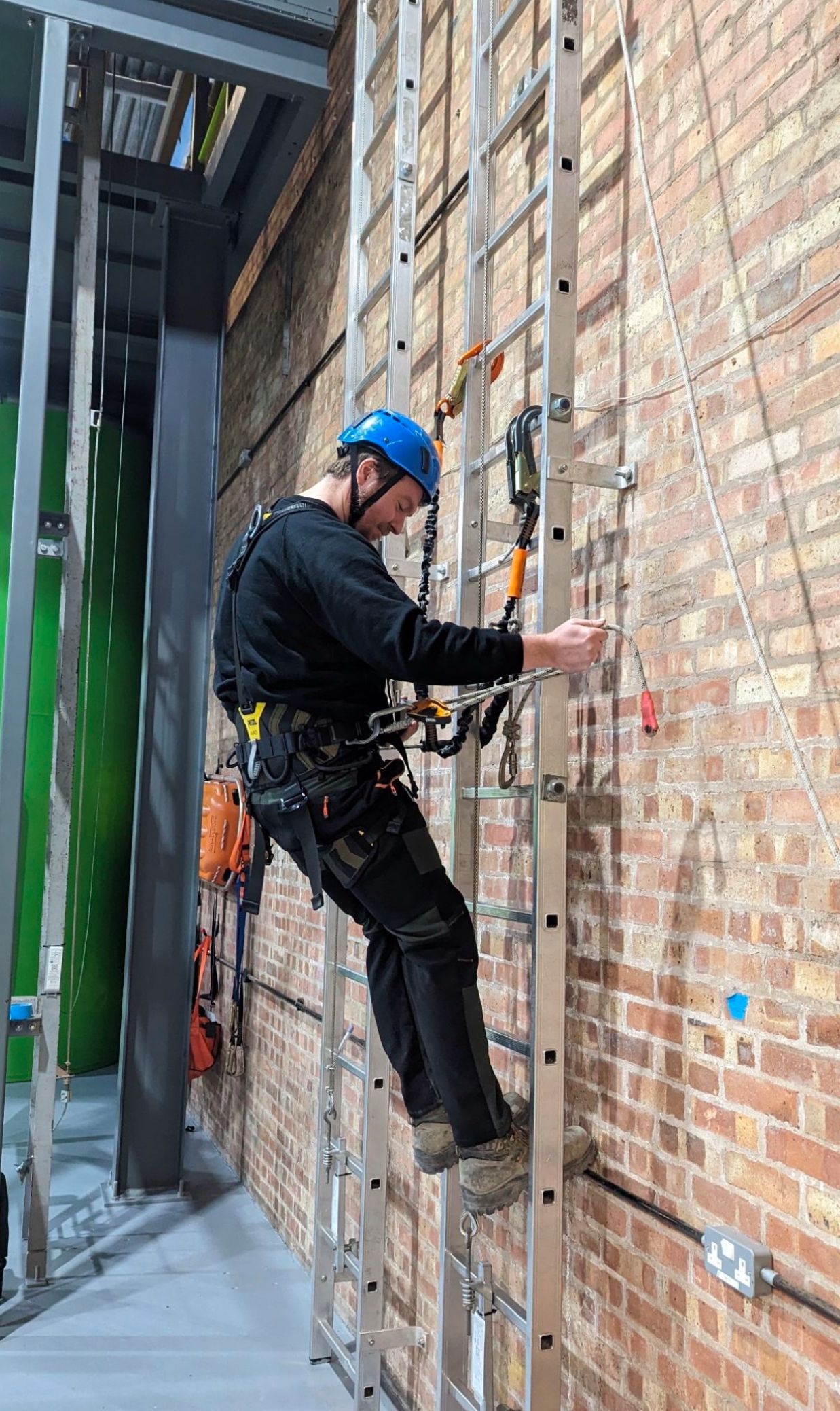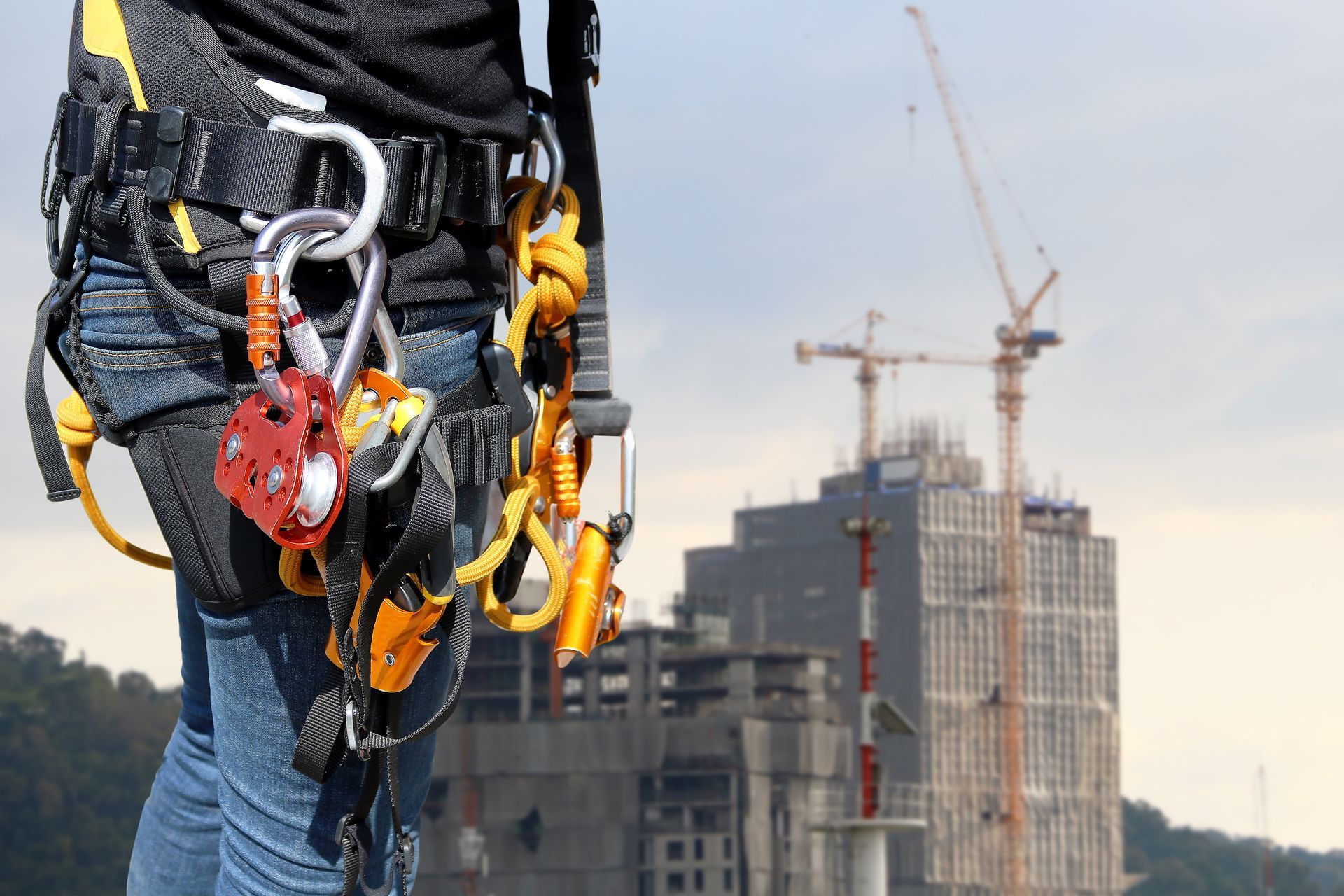iso-22846
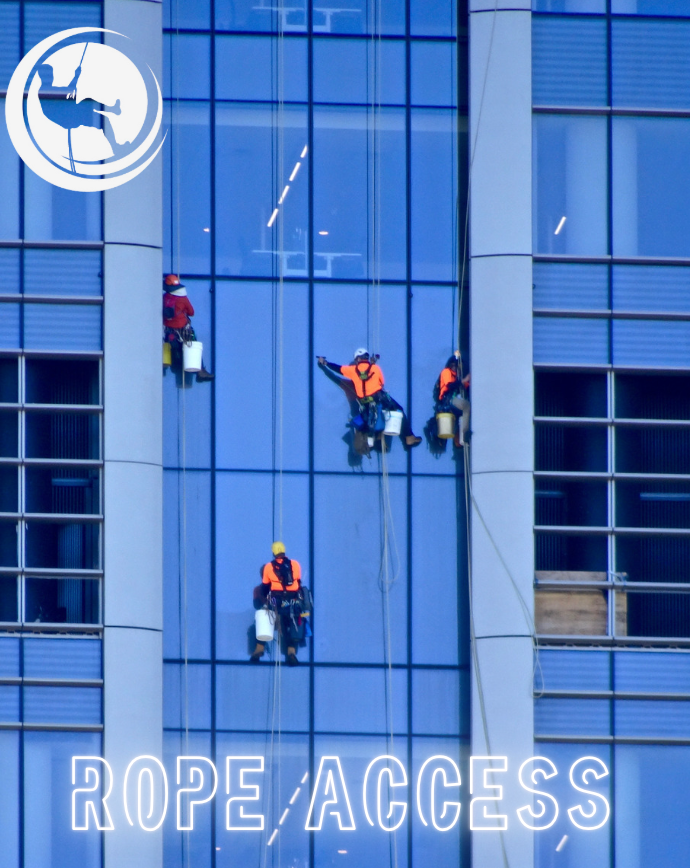
ISO 22846: The International Standard for Rope Access Safety
Rope access work demands the highest levels of safety, training, and compliance. That’s where ISO 22846 comes in. This international standard sets out the principles, requirements, and best practices for industrial rope access systems, ensuring that both technicians and organisations operate to globally recognised safety benchmarks. Whether you’re new to rope access or managing an established team, understanding ISO 22846-1 & ISO 22846-2 is essential for maintaining safe, efficient, and compliant work at height.
Working at height is one of the most dangerous activities in the modern workplace. Whether it is maintaining offshore oil platforms, inspecting bridges, or repairing tall buildings, the risks are significant. Industrial rope access has become the preferred solution in many industries, offering efficiency, flexibility, and minimal disruption compared to scaffolding or mechanical platforms. However, such work demands a robust framework of work at height standards to ensure compliance with the law, consistent protection for workers and reassurance for clients.
This is where ISO 22846 comes into focus. Developed by the International Organisation for Standardisation (ISO), this standard provides the international benchmark for rope access methods, defining the principles and code of practice that underpin rope access safety.
What is ISO 22846?
ISO 22846 is the international standard specifically designed for rope access systems used for work at height. It provides globally recognised guidance on the safe use of ropes, harnesses, and associated equipment when performing tasks in difficult-to-reach places.
The standard is published in two complementary parts:
ISO 22846-1:
- Principles – sets out the fundamental safety requirements, planning processes, and rope access risk assessment principles for rope access operations.
ISO 22846-2:
- Code of Practice – provides practical recommendations on how to implement the principles in real workplaces, including rope access regulations, training, and supervision.
Together, these parts ensure rope access standards are not only technically feasible but also consistently safe, no matter where in the world the work takes place.
Why ISO 22846 is Critical for Rope Access Operations
The introduction of ISO 22846 marked a turning point for industrial rope access. Before international standards, safety practices varied widely between countries and companies, leading to inconsistent quality and increased risk. With ISO 22846, organisations can demonstrate compliance with a harmonised framework that transcends national boundaries.
The importance of the standard lies in several key areas:
- Worker protection – rope access technicians can rely on globally accepted best practice that prioritises their safety.
- Employer liability – organisations that align with rope access regulations such as ISO 22846 reduce legal risks and insurance claims.
- Client confidence – asset owners commissioning work at height gain assurance that contractors meet an international safety benchmark.
- Professional recognition – rope access is validated as a legitimate, regulated method of work rather than an ad-hoc solution.
In short, ISO 22846 provides the foundation for consistent, professional rope access safety worldwide.
ISO 22846 Part 1: Principles Explained
ISO 22846-1 sets out the guiding principles that all rope access methods must follow. While it does not prescribe detailed techniques, it defines the essential safety framework. The main elements include:
- Risk assessment and planning – every project must begin with a rope access risk assessment that considers environmental hazards, fall potential, and task-specific dangers.
- The two-rope principle – also referred to as the twin-rope system safety requirement, the standard enshrines the use of two independently anchored ropes: a working line and a safety backup.
- Hierarchy of control – employers must prioritise avoiding work at height where possible, minimising exposure, and then applying rope access with safeguards.
- Rescue planning – no work may commence without a detailed rope access rescue plan in place. This ensures rapid retrieval of a casualty in the event of an incident.
These principles guarantee that rope access is approached as a structured, professional system underpinned by proactive risk management.
ISO 22846 Part 2: Code of Practice Explained
Where Part 1 establishes principles, ISO 22846-2 provides a practical rope access code of practice for employers, supervisors, and technicians. Key areas include:
- Competence and training – only trained and assessed personnel may undertake rope access tasks. Structured rope access training requirements such as IRATA / SPRAT / SOFT ensure rope access technicians are competent.
- Equipment standards and inspections – all harnesses, ropes, connectors, and devices must comply with relevant international standards. Equipment inspection for rope access is required before use, with detailed records maintained.
- Supervision and management – work must be overseen by competent supervisors who can make dynamic risk assessments and implement rescue plans.
- Worksite set-up and monitoring – anchor points, rope protection, exclusion zones, and communication systems must be in place before work begins.
This practical focus ensures the principles of rope access safety are translated into consistent workplace practices.
ISO 22846 Compared to BS 7985 and IRATA ICOP
In the UK, BS 7985 rope access standards and the IRATA ICOP compliance framework are often used alongside ISO 22846 for compliance to the UK's Working at Height Regulations 2005.
Benefits of Compliance with ISO 22846
For companies, aligning with ISO 22846 and wider rope access standards delivers benefits that go beyond safety compliance:
- Reduced incidents – effective rope access risk assessment and the two-rope system reduce the likelihood of accidents.
- Client trust – evidence of rope access regulations compliance enhances reputation.
- Tendering advantage – many offshore and renewable energy rope access projects require compliance with ISO 22846.
- Operational consistency – rope access methods and training are standardised, making audits and assessments smoother.
Compliance becomes both a safety and a commercial advantage.
ISO 22846 and Training Requirements for Rope Access
Competence is central to ISO 22846. The standard highlights that safety depends on skilled technicians and supervisors, not just equipment.
Schemes such as IRATA and SPRAT directly address the rope access training requirements outlined in ISO 22846:
- Technicians – trained in climbing, positioning, and self-rescue.
- Supervisors – qualified to oversee teams, enforce rope access safety, and manage rope access rescue planning.
- Managers – ensure company policies and procedures meet the standard.
Structured training and revalidation ensure competence in rope access work is maintained across the industry.
Implementing ISO 22846 in Daily Rope Access Work
Translating the requirements of ISO 22846 into everyday practice is one of the biggest challenges for rope access companies. A standard on paper is only effective if it is embedded into daily operations, influencing the way teams plan, prepare and carry out their work. Successful implementation requires both a structured management system and a safety culture that views compliance not as a box-ticking exercise, but as the backbone of professional rope access.
A key aspect of applying rope access standards is the use of internal audits. These audits are designed to measure how well company procedures, training records, and equipment management systems align with the requirements of ISO 22846. They also provide an opportunity to identify gaps before they develop into risks, ensuring that corrective actions can be taken swiftly. Companies that conduct regular audits are not only protecting their workforce but also building a body of evidence to demonstrate due diligence to customers and regulators.
Alongside audits, strong management systems are vital. These include documented processes for rope access equipment inspection, recording training and competence, and tracking expiry dates for certification or PPE. Many organisations are now adopting digital platforms that allow equipment logs, inspection reports, and technician records to be stored in one place, making compliance easier to demonstrate during client audits or tendering processes.
Another critical element is the regular practice of rope access rescue planning. While many technicians are trained in rescue procedures, skills can fade if they are not rehearsed. By running drills under realistic site conditions, teams can develop the muscle memory and confidence needed to act decisively in an emergency. Rescue training also reassures clients that the contractor is fully prepared for contingencies, aligning with the proactive safety mindset that ISO 22846 promotes.
Finally, perhaps the most important step in implementing ISO 22846 is fostering a culture where every technician views the standard as part of their daily routine rather than a distant set of rules. When technicians check their ropes, record their inspections, or set up exclusion zones, they are not simply following instructions - they are living the principles of rope access safety. Companies that encourage open reporting, continuous learning and mutual accountability find that compliance becomes second nature.
In practice, ISO 22846 is not just a document for managers and auditors. It is a living framework that shapes every decision made on site, from the planning stage through to task completion and review. By embedding its requirements into audits, management systems, daily briefings, rescue drills and workplace culture, rope access companies can ensure that the highest standards of safety are consistently maintained.
The Future of Rope Access Standards and ISO 22846
The evolution of technology and industry practices will continue to influence rope access standards like ISO 22846. Key trends include:
- Drones and digital inspection – hybrid solutions complement rope access but still require oversight under work at height standards.
- Digital compliance – cloud-based tools make it easier to track rope access equipment inspection and technician records.
- Global harmonisation – clients in offshore, construction, and renewable energy rope access sectors increasingly require proof of alignment with international standards.
By adapting to these changes, ISO 22846 ensures rope access remains safe, credible, and globally consistent.
Learn More About Dangle Rope Access Today
Here at Dangle, we provide a variety of comprehensive inspection, access, coatings, and composite (IACC) industrial services. Our services are available to both the private and public sectors.
We offer high-quality proven solutions that will help reduce maintenance costs in both the long and short-term. We are based in Dundee, Scotland and also have offices based in Edinburgh, along with our newly established training centre in Northern Ireland, Dangle Academy. Due to our company size and structure, we are able to offer a flexible and versatile approach to the way we run our business and the services that we offer our clients. And, as a leading painting company, we’ve worked on several renewable energy projects in the UK, Europe, and the US.
We work with both on and offshore with wind farm operators, and asset owners. For offshore wind farm maintenance, to onshore building maintenance, we can cover both the East and West coasts.
To find out more about how our team can help you
contact us today. Our friendly, professional and helpful team is always on hand to help!
